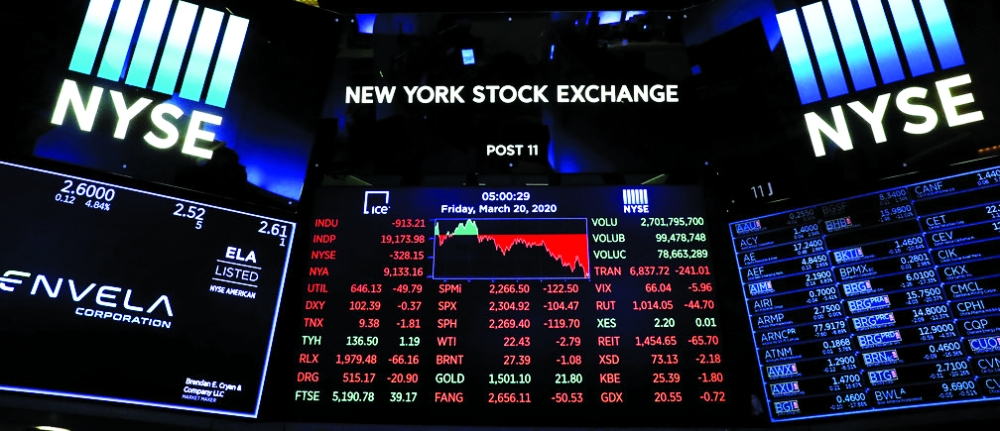QNB’s Weekly Analysis said: The global spread of Cofid-19 has led to sharp fluctuations in financial markets since the beginning of 2020, with investors swinging the risk between overwhelming optimism and fear in several cases. Historically, such conditions usually support safe-haven assets, including high-quality government debt, precious metals and currencies of rich countries. The US dollar index measures the value of the US dollar compared to a weighted basket of six currency weights: the euro, 57.6%, and the yen Japanese, 13.6%, sterling, 11.9%, Canadian dollar, 9.1%, Swedish krona, 4.2%, Swiss franc, 3 weight.
An analysis of the dollar’s strength against a broader set of currencies, including emerging market currencies, is important because the center of gravity of the global economy is now heading towards Asia. The height of market turmoil in March. The value of the US dollar declined after that in April and May, after closings around the world proved effective in slowing the spread of Covid-19 and lowering risk expectations from their high levels. Indeed, an effective policy response in the economies of Asian countries, such as China and Vietnam, has led these economies to return to growth.
The value of the US dollar weakened recently during the month of June with the easing of the closing procedures, despite the fact that the period of social unrest has contributed to the re-emergence of the virus in a number of US states, we will now place these movements in a long-term context, taking into account three factors hindering To the US dollar during the remainder of the year and in the long term, first, the US dollar has benefited from continued flows to stock portfolios in US markets over the past few years, reflecting higher returns compared to other developed economies ’markets. Indeed, the underlying paradigms for the US dollar balance have indicated that its value was about 20% higher in April, before its recent slight decline.
Now that the Federal Reserve has cut US interest rates to zero, there is only a slight difference in risk-free interest rates between the US dollar and other major global currencies, such as the euro and the Japanese yen. Second, as we mentioned earlier, the economic recovery in Asia and Europe a few months before the recovery of the United States economy, thanks to the widespread stimulus measures and the effectiveness of the measures taken to reduce the spread of the virus, and in the event of this recovery, it is supposed to lead to higher values of assets and returns for investors, which will support the value of Asian currencies and thus weaken the value of Third, the massive issuance of US government debt bonds in the coming years will put downward pressure on the US dollar. Foreign investors already own large holdings of assets denominated in US dollars, and will need additional stimulus to increase their holdings






























